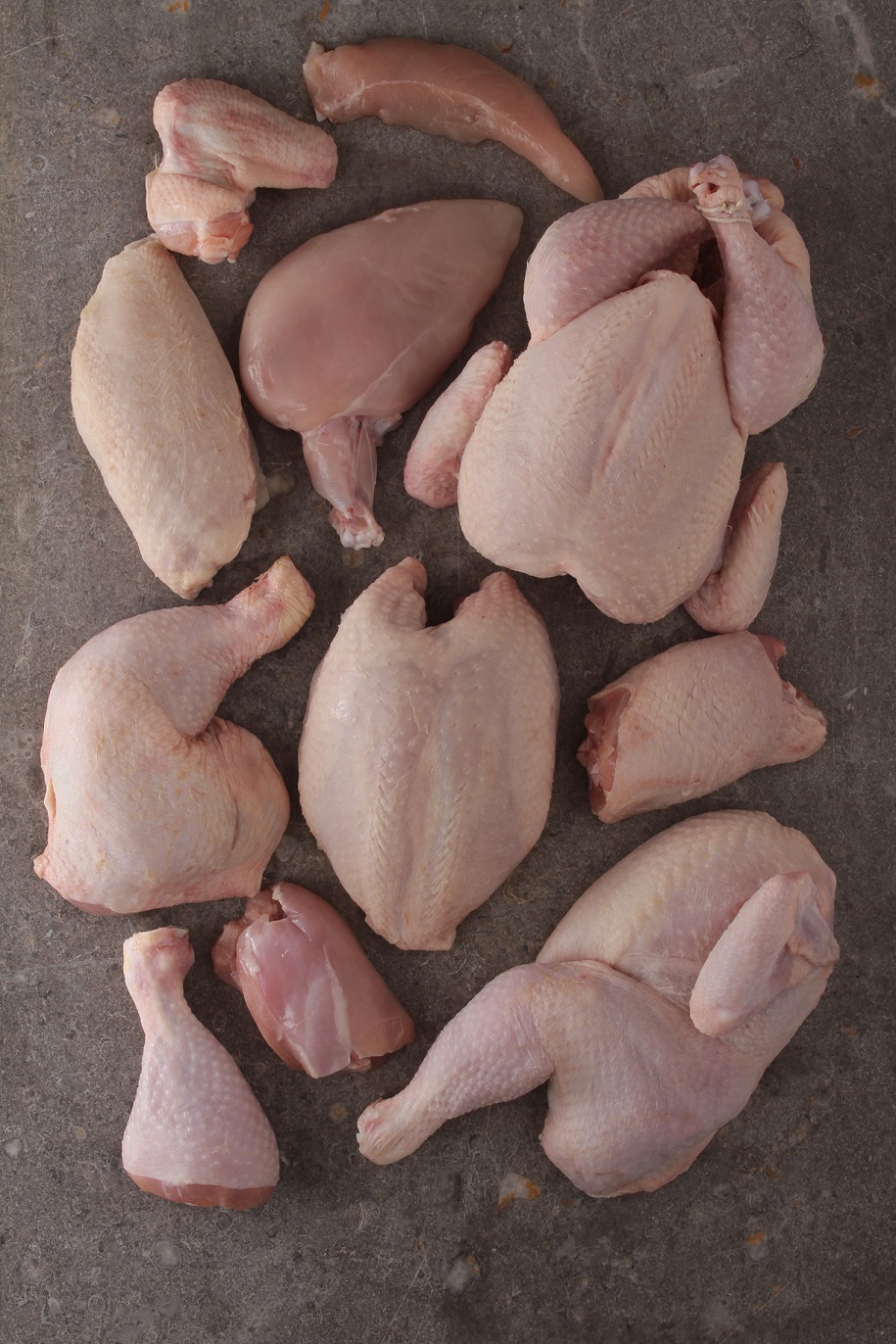
LOCALMinnesota Involved in Two Multi-state Salmonella OutbreaksAccording to the Minnesota Department of Health (MDH) and the Centers for Disease Control and Prevention (CDC), Minnesota is involved in two concurrent active multi-state foodborne Salmonella outbreaks. The first outbreak began in late May 2021, and has impacted 25 Minnesotans among the 808 people across 37 states and Puerto Rico who have gotten sick from the Oranienburg variant. Epidemiologic and traceback investigations indicate that the source of this outbreak are whole red, white, and yellow onions imported from the State of Chihuahua, Mexico. The two related U.S. suppliers have been identified and the onions have been voluntarily recalled. Reports of illnesses associated with the second outbreak began on September 19th, 2021 and resulted in 21 cases across 8 states so far, with 3 illnesses in Minnesota. This more recent outbreak involves the Salmonella enterica 4,5,12:i:- variant. Minnesota and CDC health officials are warning consumers that these health events are most likely linked to salami-type sticks produced by a specific brand. Further investigations are being conducted to determine if other brands of salami sticks or related products are also contaminated. No formal recalls have taken place so far. In both outbreaks, the true number of affected people is likely higher than what has been reported. This is because infections may not produce detectable symptoms, many recover without medical care, and only a small proportion of those affected get tested for Salmonella. Health officials are urging consumers to throw away any onions that they cannot determine the country of origin for. Recalled onions may still be accessible to consumers because of their long shelf life, potentially lasting up to three months or more, if stored properly.
NATIONALUSDA Announces New Initiative to Reduce Salmonella IllnessesThe U.S. Department of Agriculture’s Food Safety and Inspection Service (USDA-FSIS) announces a new and more comprehensive initiative to reduce Salmonella illnesses that have been linked to poultry and poultry products originating from the U.S. production system. This initiative will focus on leveraging USDA’s research capacity as well as its work with stakeholders in research institutions, industry, and input from consumer groups, to reach the Healthy People 2030 national target of a 25% reduction in Salmonella illnesses. The Secretary for the U.S. Department of Agriculture, Tom Vilsack explained that the impetus for this initiative is the need to “…Be constantly evolving in our efforts to prevent foodborne illness to stay one step ahead of the bad bugs. Today we’re taking action to help prevent Salmonella contamination throughout the poultry supply chain and production system to protect public health.” Poultry production in the U.S., which accounts for the largest global production of broilers and turkeys, is the immediate focus of this initiative as chicken, turkey, and eggs represent the largest attributable source of U.S. foodborne Salmonella illness. As part of this effort, the USDA-FSIS will be looking to work with stakeholders toward developing and scaling novel laboratory approaches in the detection of Salmonella. This is due to the implicit recognition that not all Salmonella are equally likely to cause human illness and that more advanced tools and approaches are needed to identify and characterize the serotypes (i.e. variants) and virulence factors posing the greatest public health risks. The USDA-FSIS will also focus on instituting pilot projects in slaughter and processing facilities to identify new approaches to reduce foodborne illness in consumers.
NATIONALUSDA Announces New Initiative to Reduce Salmonella IllnessesThe U.S. Department of Agriculture’s Food Safety and Inspection Service (USDA-FSIS) announces a new and more comprehensive initiative to reduce Salmonella illnesses that have been linked to poultry and poultry products originating from the U.S. production system. This initiative will focus on leveraging USDA’s research capacity as well as its work with stakeholders in research institutions, industry, and input from consumer groups, to reach the Healthy People 2030 national target of a 25% reduction in Salmonella illnesses. The Secretary for the U.S. Department of Agriculture, Tom Vilsack explained that the impetus for this initiative is the need to “…Be constantly evolving in our efforts to prevent foodborne illness to stay one step ahead of the bad bugs. Today we’re taking action to help prevent Salmonella contamination throughout the poultry supply chain and production system to protect public health.” Poultry production in the U.S., which accounts for the largest global production of broilers and turkeys, is the immediate focus of this initiative as chicken, turkey, and eggs represent the largest attributable source of U.S. foodborne Salmonella illness. As part of this effort, the USDA-FSIS will be looking to work with stakeholders toward developing and scaling novel laboratory approaches in the detection of Salmonella. This is due to the implicit recognition that not all Salmonella are equally likely to cause human illness and that more advanced tools and approaches are needed to identify and characterize the serotypes (i.e. variants) and virulence factors posing the greatest public health risks. The USDA-FSIS will also focus on instituting pilot projects in slaughter and processing facilities to identify new approaches to reduce foodborne illness in consumers.
Centers for Disease Control and Prevention: Onions Centers for Disease Control and Prevention: Salami sticks |
